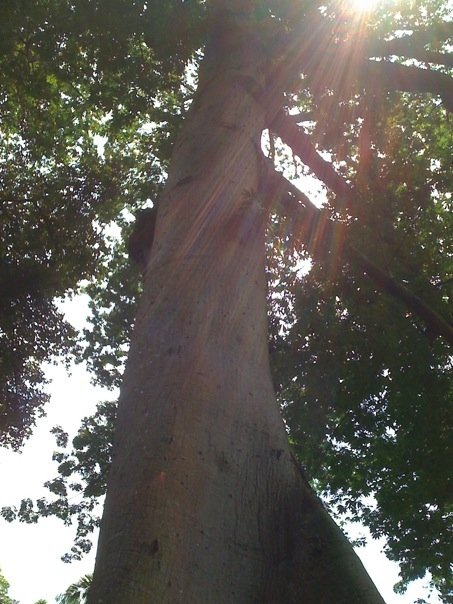 Here are three simple meditation forms that you can do anytime, either as a short 1-5 minute practice in a spare moment, or as a longer meditations when you have more time.
Here are three simple meditation forms that you can do anytime, either as a short 1-5 minute practice in a spare moment, or as a longer meditations when you have more time.
1. Developing appreciation of simple awareness.
One of the main things that we learn to appreciate when we take up a meditation practice is to appreciate how pleasurable the simple act of awareness can be.
Take a minute now and just allow your mind to rest on an object. It could be the sounds as they come and go from moment to moment, or the play of the light across the landscape or cityscape as you look out of the window. Just allow your awareness to rest on that single point of focus for as long as you want. As you do so, feel your mind and body moving into a state of rest and regeneration. Feel how pleasant the simple experience of relaxed, open awareness is.
2. Observing yourself in the third person
We habitually view our daily life and the events that happen in it in a first person, subjective manner. This awareness exercise offers another perspective on our life that we can work on integrating.
Sitting down, imagine that, rather than seeing life through the eyes of your physical body, imagine that you are outside your body, maybe two or three meters away, and observing yourself as you go about your day. Recall the events of the last 24 hours, and mentally see yourself engaging in your activities. As you observe yourself, you may find that feelings and emotions come up. If so that is fine, just allow them to. The thing that you want to try and avoid as you are watching yourself is to start analyzing it or making judgements about what you are seeing. Simply be an objective observer of yourself and try and experience as fully as possible what it is like to be free from an obsessive first person experience of your life.
3. Finding your inner light by relaxing into the darkness of your mind.
Relax your mind as much as possible, as if you are falling asleep. Allow your awareness to be enveloped by the deep, silky darkness that is normally experienced as you start to drift into unconscious slumber. The key here is to ALMOST fall asleep, but NOT to actually fall asleep! Keep a part of your mind alert and awake as the main part of your mind and body relaxes deeply.
Think of the darkness that you experience as you are relaxing in this way as being like the darkness that a baby experiences in the mother’s womb, or like the darkness of deep night when we are all asleep. Rest in this darkness as fully as you can without losing that small element of alertness and awakeness!
After a while imagine that you sense within the darkness a point of light. A little bit like the first rays of sun as it is still beneath the horizon at dawn. Focus on this point of light and allow it to become gradually stronger and more pervasive, like the rays of the sun spilling across the horizon as it rises. Gradually, without trying too hard, let the inner light within your mind begin to fill the darkness until your mind feels bright and radiant like a morning sun.
The key with this exercise is to relax as fully into the darkness before you attempt to find the light, and not to try too hard to find the light. If you relax fully and deeply into the darkness, the light will actually start to emerge in its own time. However you can stimulate it a little bit by imagining the point of light emerging from the darkness as described above.
© Toby Ouvry 2011, you are welcome to use this article, but you must seek Toby’s permission first! Contact info@tobyouvry.com







